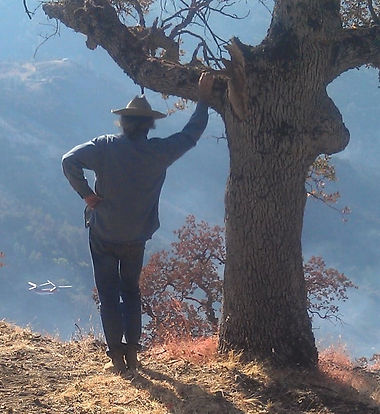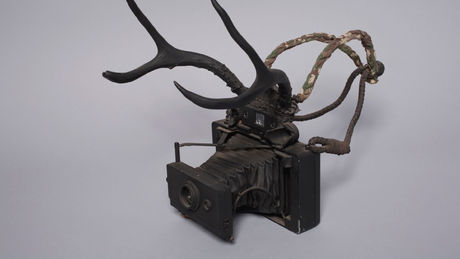
film
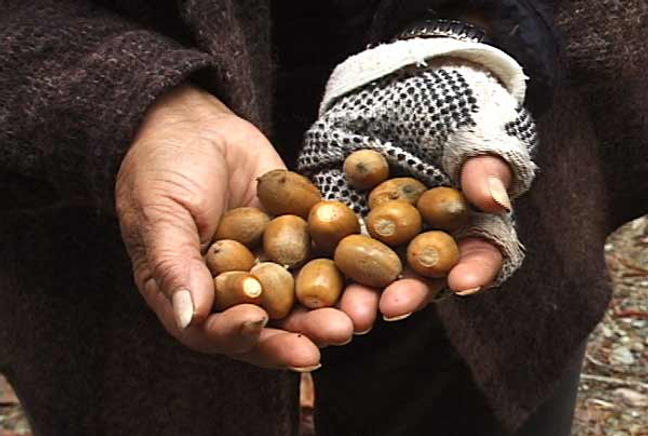
Pikyáv
2007, 56 min. Co-produced by KQED San Francisco.
This lyric documentary chronicles the Northern California Karuk tribe's efforts to regain their cultural identity and restore their rights to manage the ecologically wondrous landscape along the Klamath River.
Pikyáv is a Karuk verb meaning "to fix it." It is the root word of pikyawish, the World Renewal Ceremony conducted every fall by the Karuk people to "fix the world."
Pikyáv asks and tries to answer what it is that need
fixing here, in this place along the Klamath River in
the remote north-western part of California, and
with these people who have forever called it their
home, the Karuk.
It is the Karuks' intimacy with a particular habitat,
both sacred and natural, that embodies their distinct cultural identity. The mystery and power of their relationship to this habitat, to their land, is unassailable —deeper than all the forms of destruction it has had to endure. The land continues to hold a spiritual energy that shapes and reflects the human activity within it; it is through the reassertion of their severed relation to the land, their culture and identity indelibly fused with in it, that will begin to reconcile this lengthy and dissonant conversation with the dominant culture.
The suppression of native culture and human diversity sadly parallels the destruction and desecration of bio-diversity and natural resources. This is the cycle that must cease. The Indian mind knows this; we know this: it is far better to cooprerate with nature and live within its
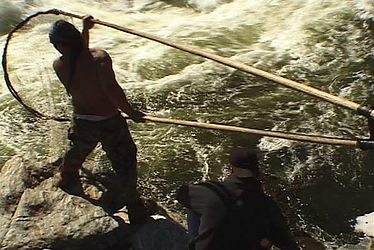
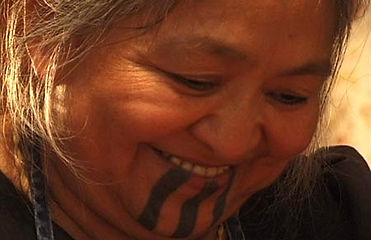
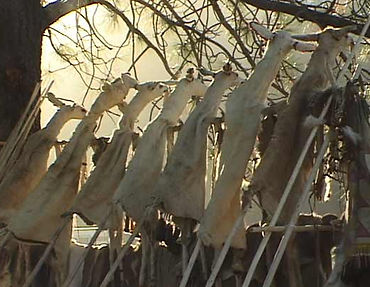
interconnections than to overwhelm it, possess it
for profit, without consideration of the resources or
the people that care for them.
The Karuk insist that policy not emanate from political transients - that the people invested in the long term future of a place, its inherent caretakers, its traditional and historical residents, should become the policy makers, insuring their birthright and allowing them to resume a functional and active part of these, their homelands.
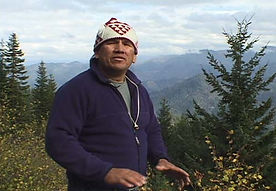
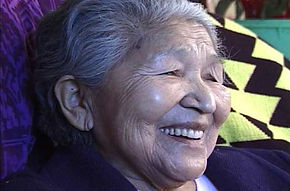

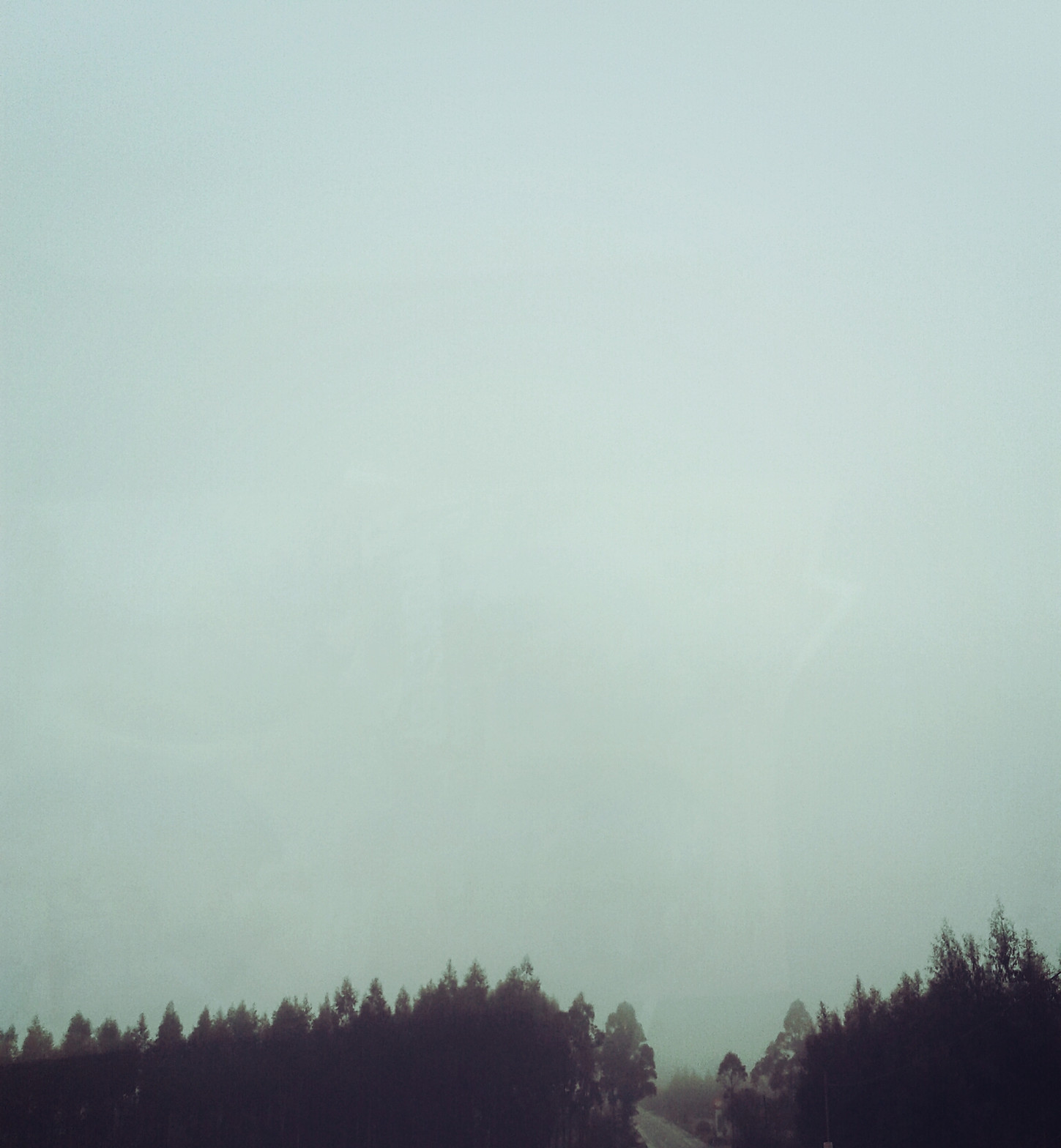
artist statement
Every field of thought employs language that either includes poetic features, or else lives in the gap that exists between the word and the thing. Metaphor straddles both — it shapes the cognitive content in which we apprehend the world and it remains arguably one of the most pliant tools we use to arrive at an understanding of time and place. Metaphor signals to us that the work and service of culture (in the humanist tradition) is to prompt an empathetic transaction and helps negotiate the problematic and imaginative grasp of selfhood — turning that which is indeterminate and inexplicable into the persuasive and perceptible. In its benevolent guise, it restores, at least fractionally, some of what is revelatory, moving, and even wise from all that no longer seems true. We strive for, and share the idea that the truth about something is, in some sense, the truth about everything.
The truth rarely sits still for rational analysis, and yet its meaning does emerge in intervals of suggestive fragmentary vision, shaped by consciousness (conditionally open, alert, and nearly always defiant) that stands against the profound inaccuracy of our perceived reality and our relation to it. This, the human, thoughtful endeavor to transcend and transform our uncertainty is made manifest with the ageless tradition of art making.
The tools we use in the interpretive dynamic exchange have always included both objects and matter. They are an integral part of the modern dialectic and, in one sense, they are the means by that which is meant. Collectively, they form a linkage more like the syntax of a signal than the message itself. By merging comparison and contradiction, by smudging the outline of received forms to incite another, we animate the modernist task of defamiliarizing the familiar by pointing to things as they are perceived and not as they are known. The intent never abandons the explicit claim providing merely what the viewer, once properly situated, can verify.
One of the primary ideological messages of art lies not in its explicit content, but in the attitude toward reception that it demands of the viewer. It is our willingness to consider the gap between our consciously intended goals and the mode of life currently necessary to achieve them that has brought about a situation in which art ceases to serve the values it once did. Its motivation and purpose (the social, aesthetic, intellectual, and spiritual entwined) was historically mirrored in the legacy of discourse and critical thought of its era — pillars of cultural habit and continuity encompassing the full spectrum of human
uncertainty and fluorescence.
Our culture no longer makes moral demands. On the contrary, it permits more and more while demanding of us less and less — so much so that we have lost the ability to think our way through to the very foundations of what we are and what we do. Our mode of life now, and its nascent cultural habits, blindly replicates and reproduces the ideology of the society that molds them. And yet, we have always known that it is the presence of the societal values that create the intensity of the work we produce.
Have the strategies we have utilized for ourselves and each other failed to console the overwhelming excess and complexity of our time? Have these inclinations demanded that everything now be accommodated? The options (and price) of accommodation is that, once taken, it tends to escalate to the point where the viability of a tradition collapses, as it were, from within. We submit to the increased pressure to choose among unlimited alternatives — one no longer with ultimate consensus to what might constitute and sustain practice — and once there are no constraints, all postmodernism can do for us is to obscure the depths of our conflict. In doing so, it requires almost nothing from us in the way of commitment or belief. One could argue that the irreverence of postmodernism is a real threat to the social and psychological basis of human greatness.
What our postmodern age has yet to resolve for itself is its own social and cultural definition of the artist, which might also involve a redefinition of how artists see themselves. If creativity lies equally at the root of artistic talent and of life experience, the most important object of productiveness will be the human personality itself, which must be perpetually made over.
It would seem that in order to get back on the road to moral (as distinct from aesthetic) innovation, there must be some deviation from the current social and economic imperatives that so thoroughly condition our expectations and aspirations. Having lost or misplaced its character as a world view, we are left with fewer and fewer individuals likely to have the strength to carry out what their individual conscience demands and the current economic imperative only serves to diminish its meaning-given function. If we observe which human achievements attain the highest regard, we find often to be those which manifest the most depth, the most extension, the most persistent
concentration of the whole being. The work
of art, then, is merely the evidence of an
individual’s self-transformation.
other work
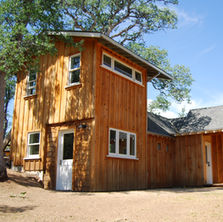
contact
panamnik@gmail.com
PO Box 134
Midpines, CA 94345
